If you find yourself sending the same email (or emails) over and over again to your newly subscribed contacts, or find that you struggle to keep in touch with your existing contacts, the Automation Path Builder can help! When a contact triggers an automation path, they're sent content in the order and with the timing that you specify. Multiple paths for different purposes can be enabled at the same time, and the possibilities are endless!
| Be a better marketer: Looking for more examples? Check out Automate to Innovate: Marketing Automation Examples to Inspire. |
Taking the time to set up an automation path saves you time in the long run, and helps you stay engaged with your contacts. Here are a few examples of how to break content into a series of emails and some tips to keep in mind while creating them:
With the Automation Path Builder, you can send out a single email or send out a series of emails, and if a contact answers your call-to-action, you can set it so any following emails automatically stop.
| Looking for help with setting up your series? Check out our article for Getting started with the Automation Path Builder. |
Welcome emails are the perfect way to engage with your contacts when their engagement level is at its highest—right after they sign up for your list.
An accountant sets up a welcome path so that when new clients subscribe to their list through a specific sign-up form designed for individual filers, they're automatically sent an email outlining everything the client needs to gather for their first meeting.
| Email #1 |
|---|
 |
A nonprofit sets up a welcome path to welcome and nurture new contacts. The first email thanks subscribers for joining their mailing list, the second shares more information about the organization and its cause, and the last finally asks for contacts to donate.
| Email #1 | Email #2 | Email #3 |
|---|---|---|
 | 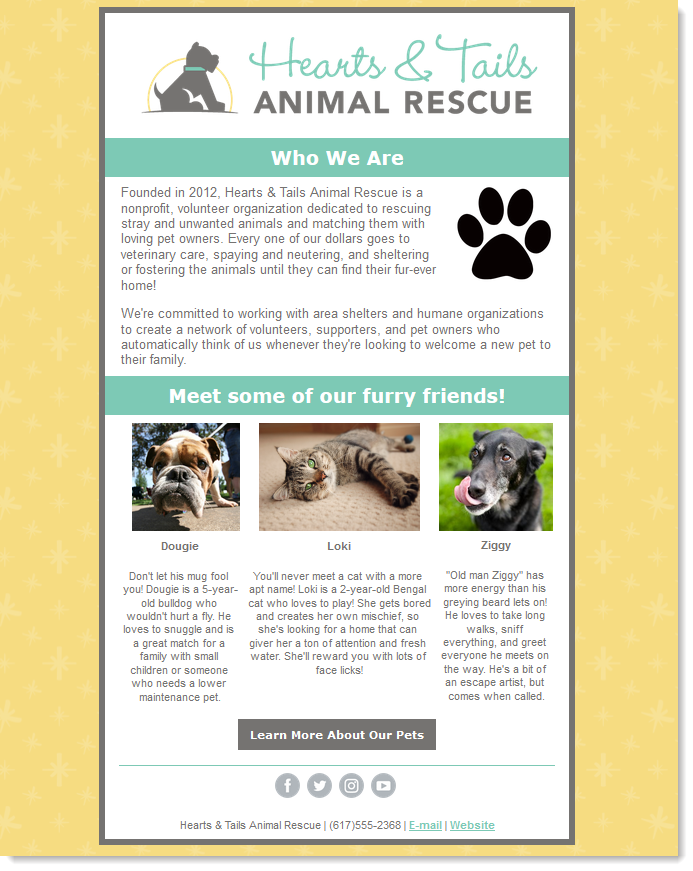 | 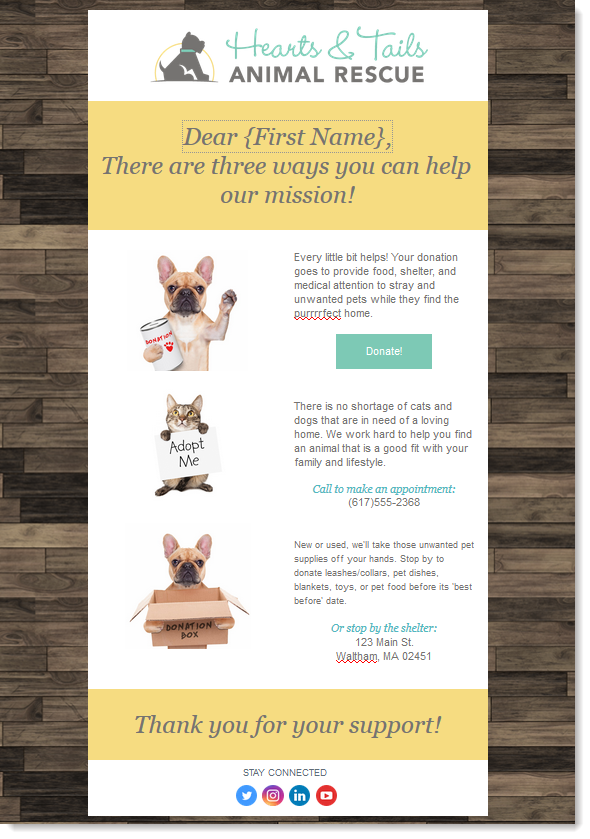 |
A landscaper needs a little help gauging his customers' unique needs, so they create a welcome path for their "general interest" list. Each time a new customer signs up for his list, they're sent an email offering three different services. Then, using conditional splits, when their customers click one of the buttons in his email, they're not only brought to the appropriate page of his website, but they're also sent a corresponding email with more information on the service they showed interest in.
| Email #1 | Email #2 |
|---|---|
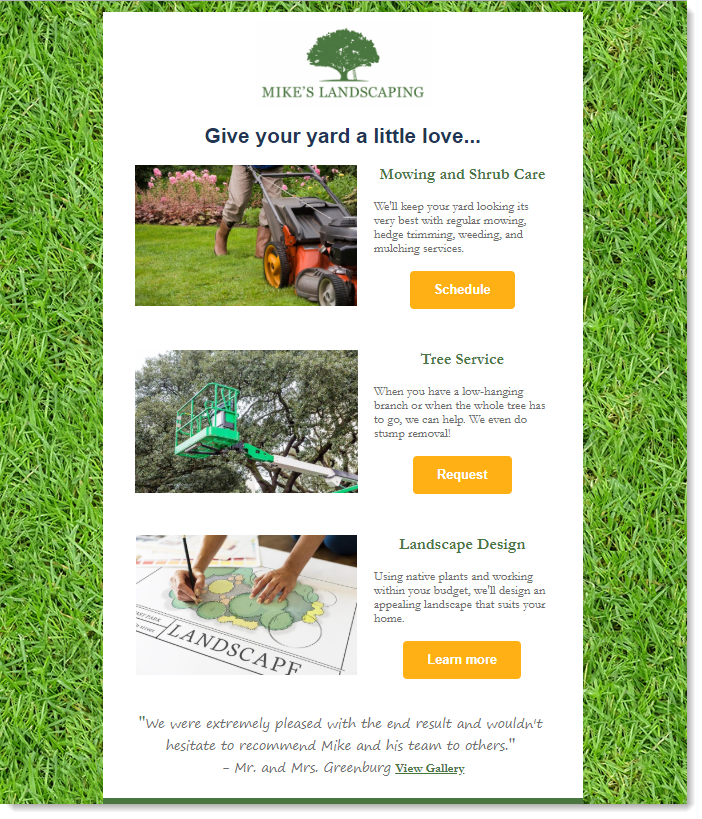 | 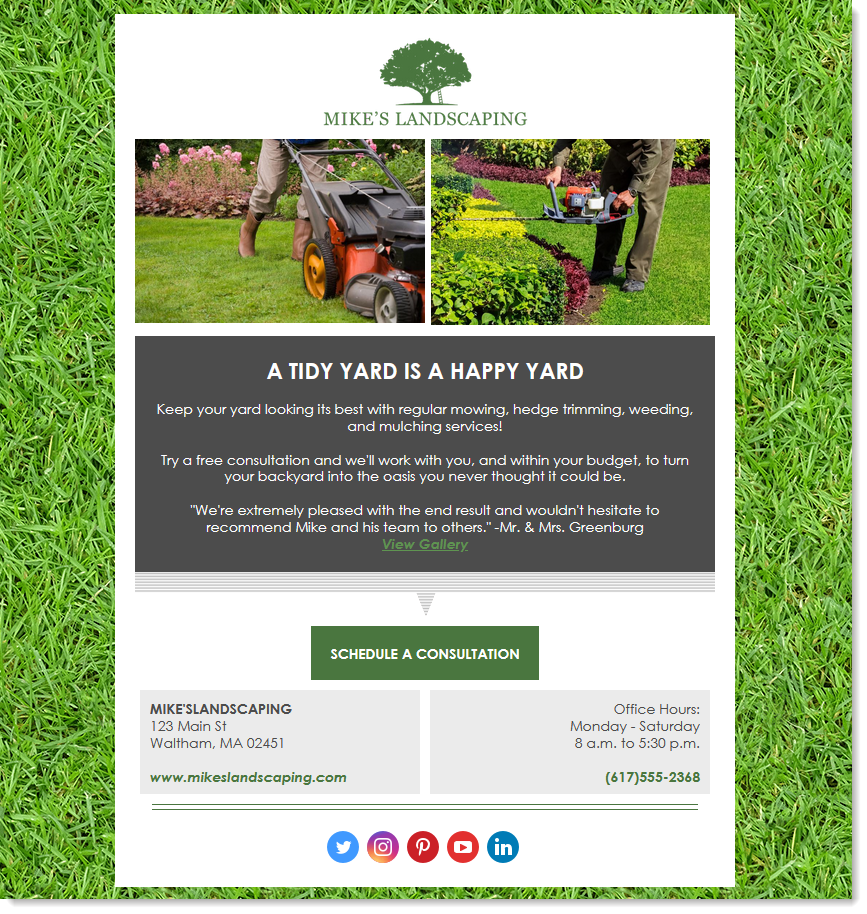 |
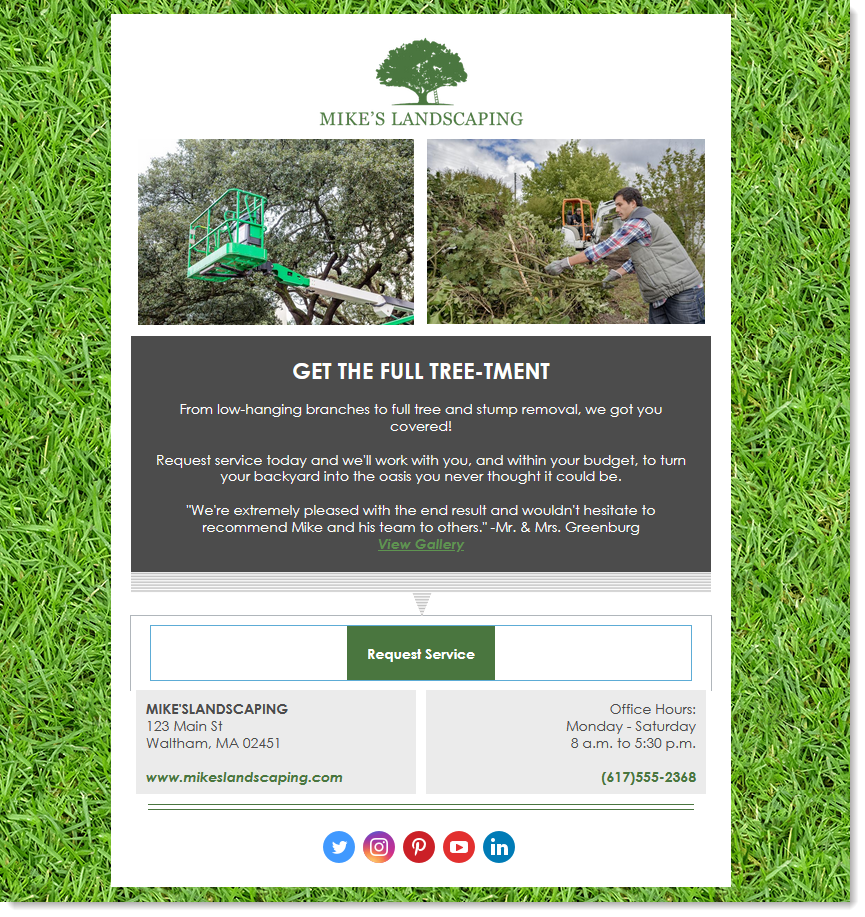 | |
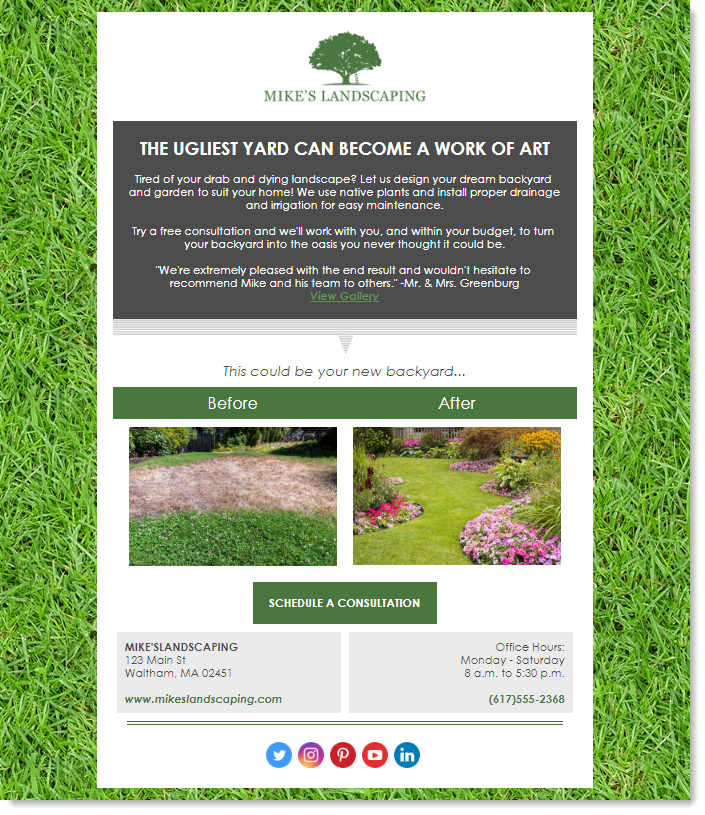 |
| Save time: To get you started quickly, our Automation Path Builder includes pre-built welcome templates that can include both email and SMS messages! Learn more. |
Are you using Shopify, Squarespace, Wix, or WooCommerce? These can be integrated into our Automation Path Builder so that you can send emails based on your customers' purchasing habits or inactivity.
A boutique uses the "win-back series" template to engage customers who haven't purchased for a while with their latest seasonal sale. Using time delays, a series of emails is sent that all have the same discount information, but highlight different types of merchandise. Because the boutique has its ecommerce platform connected, it can stop the series from sending after a customer makes a purchase.
| Trigger Email | Email #1 | Email #2... |
|---|---|---|
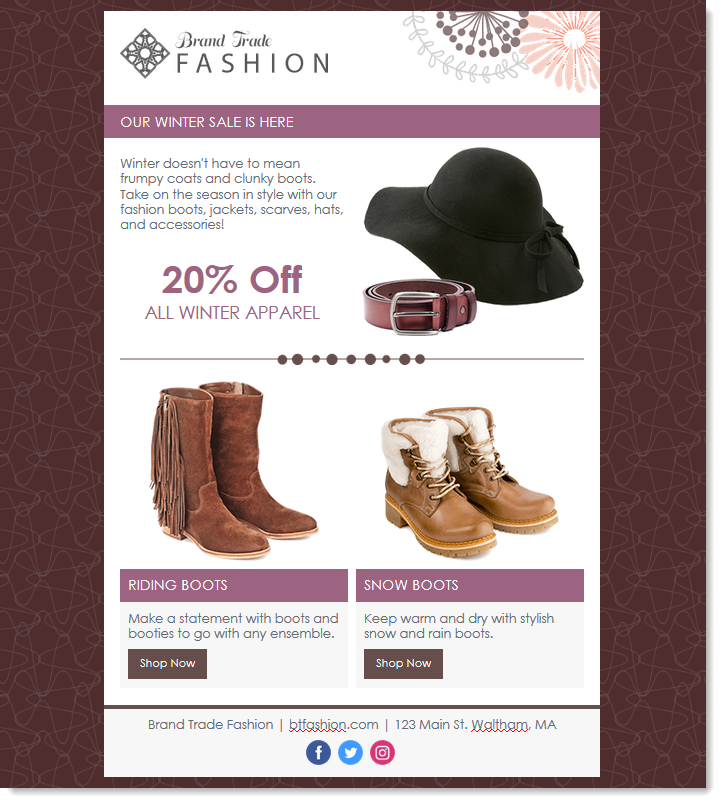 |  | 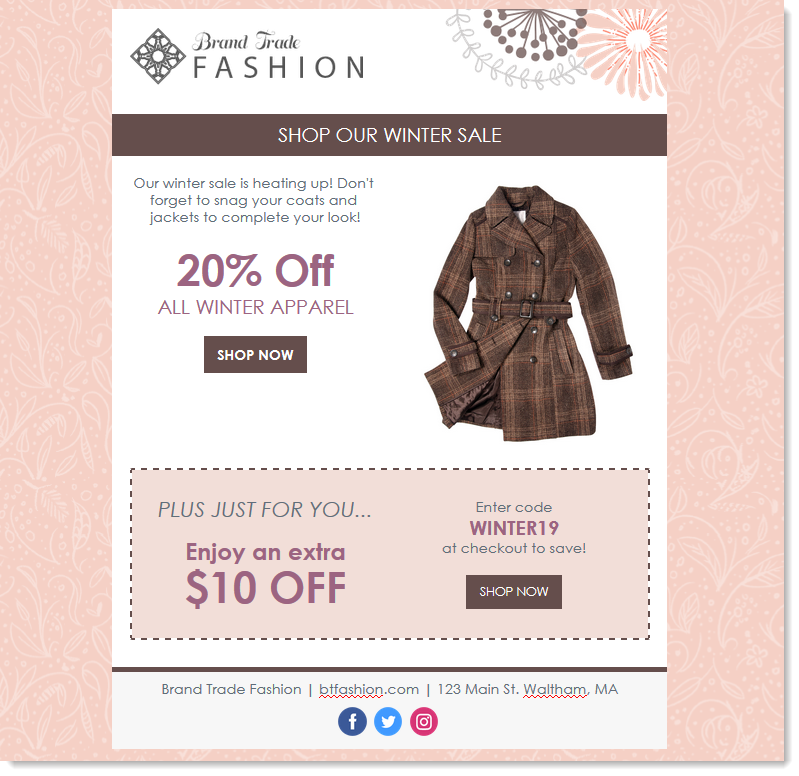 |
| Save time: Our Automation Path Builder includes ecommerce templates for both abandoned cart reminders and for engaging with new and existing customers. |
Custom paths give you the most flexibility in designing a series of emails. Choose any trigger you want and then build out your path.
A salon sets up two custom automation paths with the "added to specific list" trigger, one to send to customers with long hair and one for short hair. When customers book their first appointment, they’re added to one of the two lists based on their hair type. The email content for both series is exactly the same, but have different time delays between each email corresponding with their hair type.
| Email #1 | Email #2 | Email #3 |
|---|---|---|
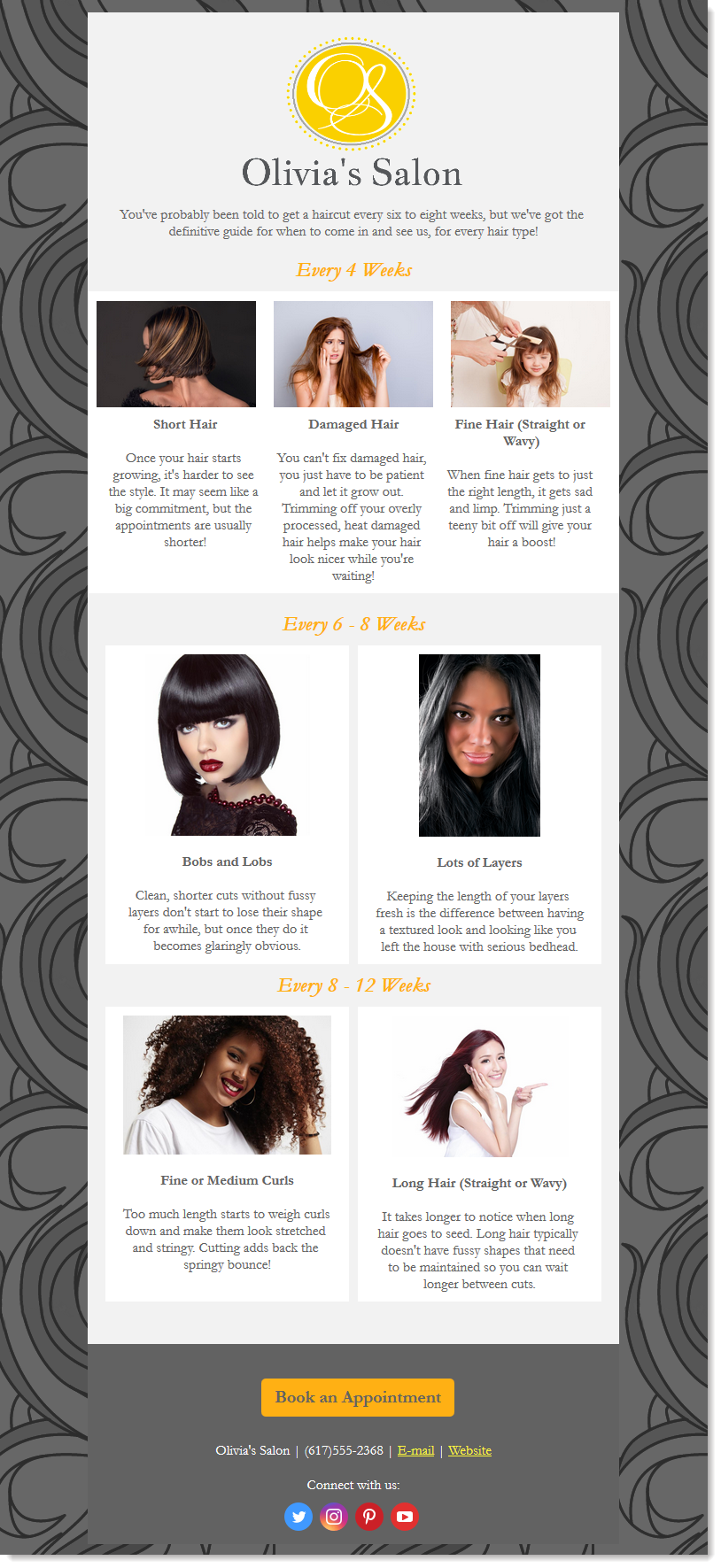 | 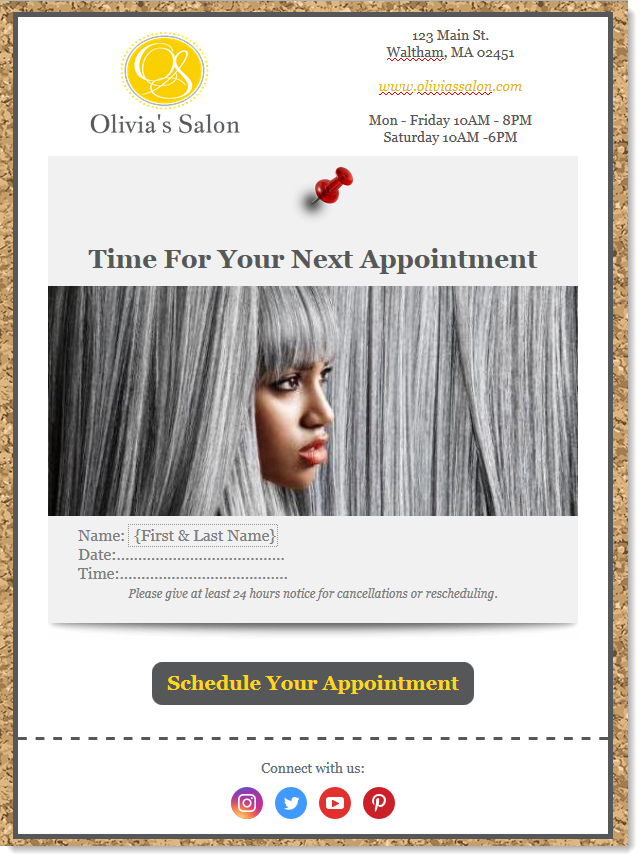 |  |
A yoga studio sets up a custom automation path with the "added to a specific list" trigger for their beginner yoga class. Whenever a contact is added to their "first-time yoga students" list, it triggers the emails to start sending. Each email in the series highlights a different yoga pose they’ll be focusing on in the next class. The students receive the first email a week before the first class and receive an email each week until the last class. The final email in the series also shares information about registering for an advanced-level class. The path can also be copied for the next beginners' class!
| Email #1 | Email #2 | Email #3... |
|---|---|---|
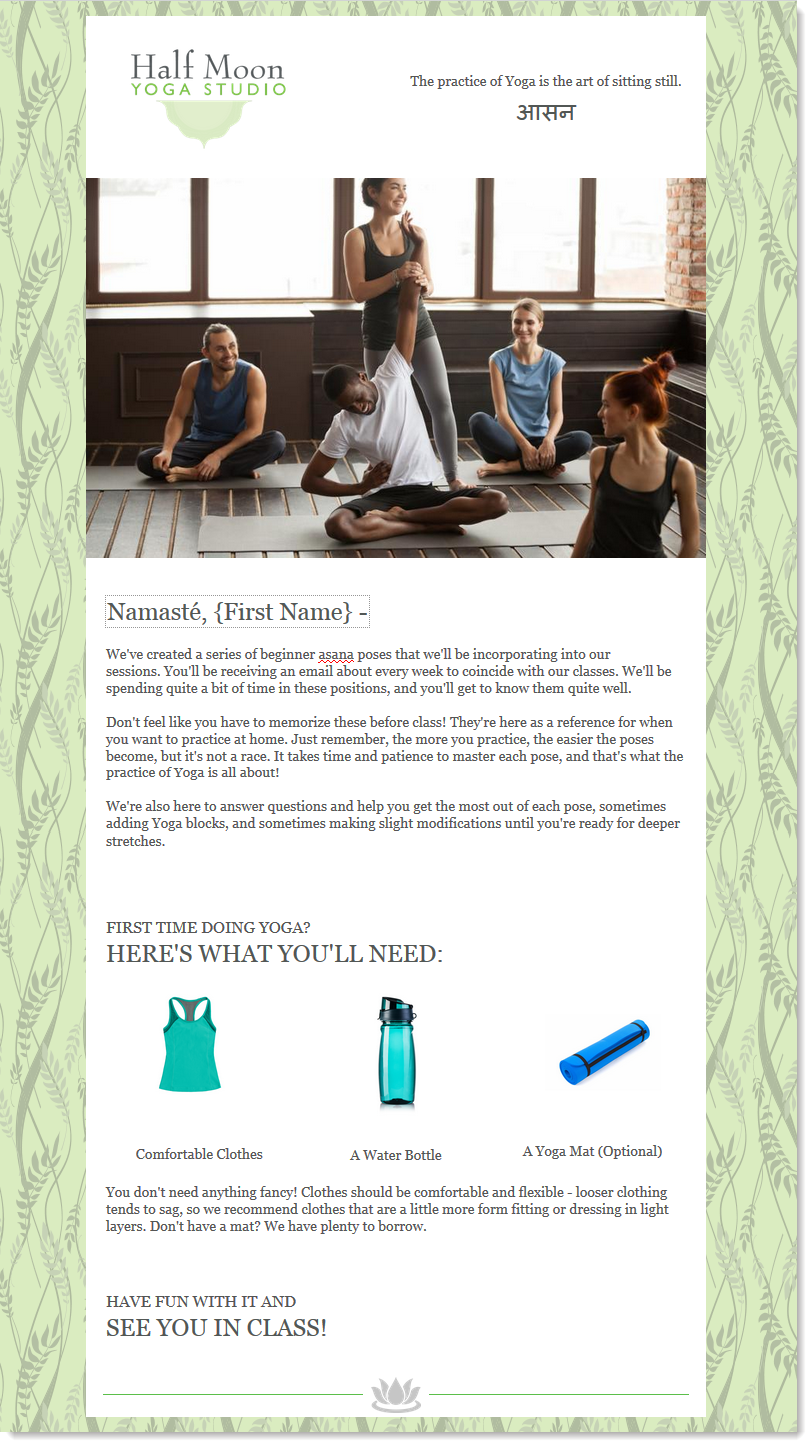 | 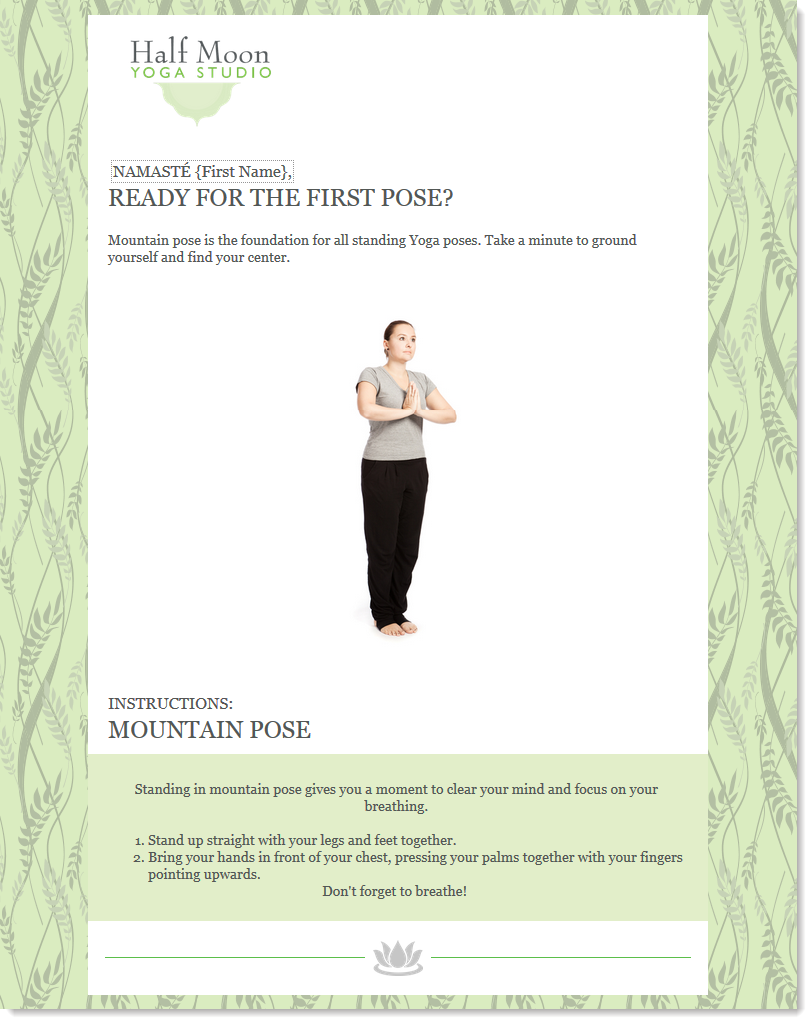 | 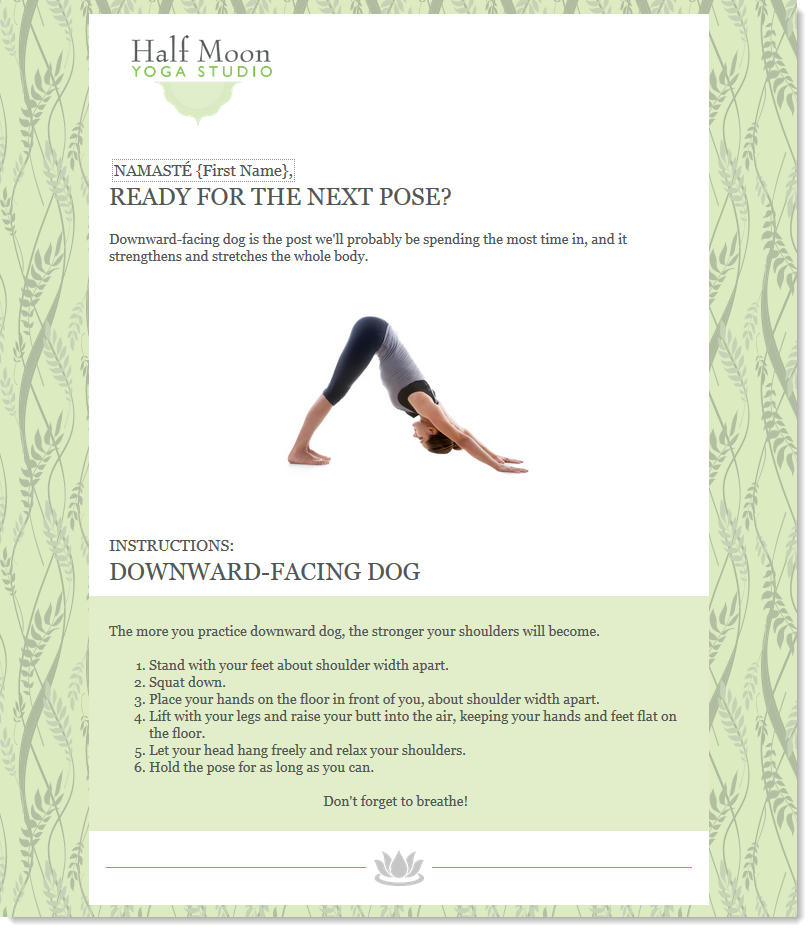 |
A membership organization sets up a custom automation path with the "added to a specific list" trigger to promote its upcoming event. All members are added to a list for the event, which triggers the emails to start sending. The first email highlights some of the event’s speakers and sessions, the second highlights the venue and location, and the third promotes other activities happening during the event. Each email provides links to register for the event.
| Trigger Email | Email #1 | Email #2... |
|---|---|---|
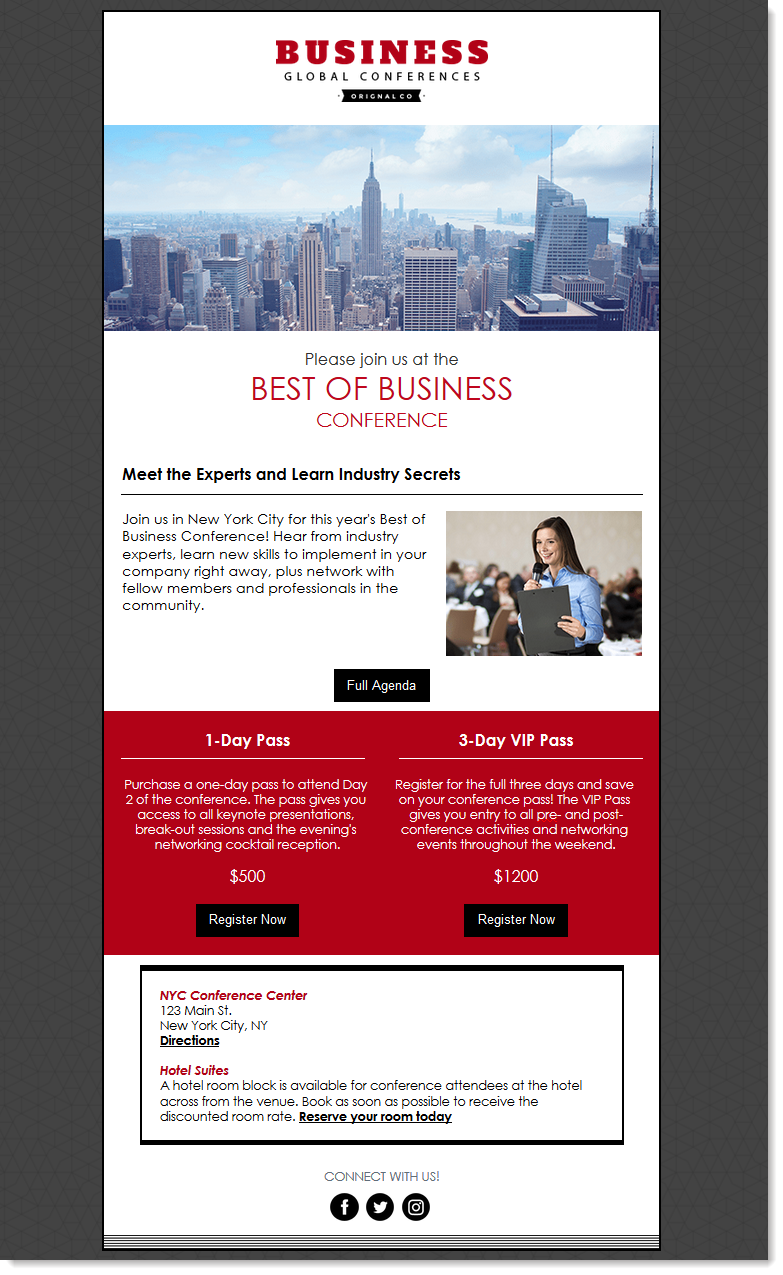 | 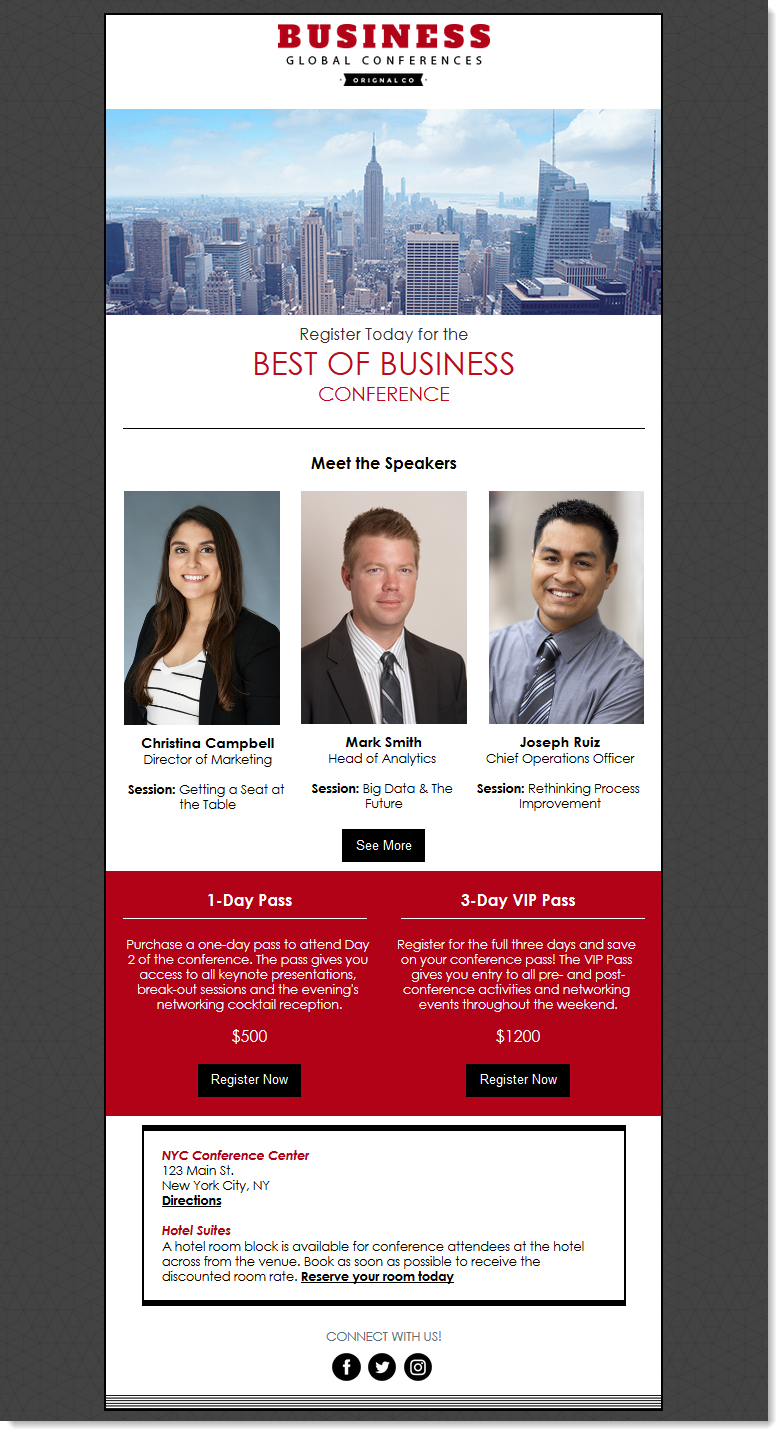 | 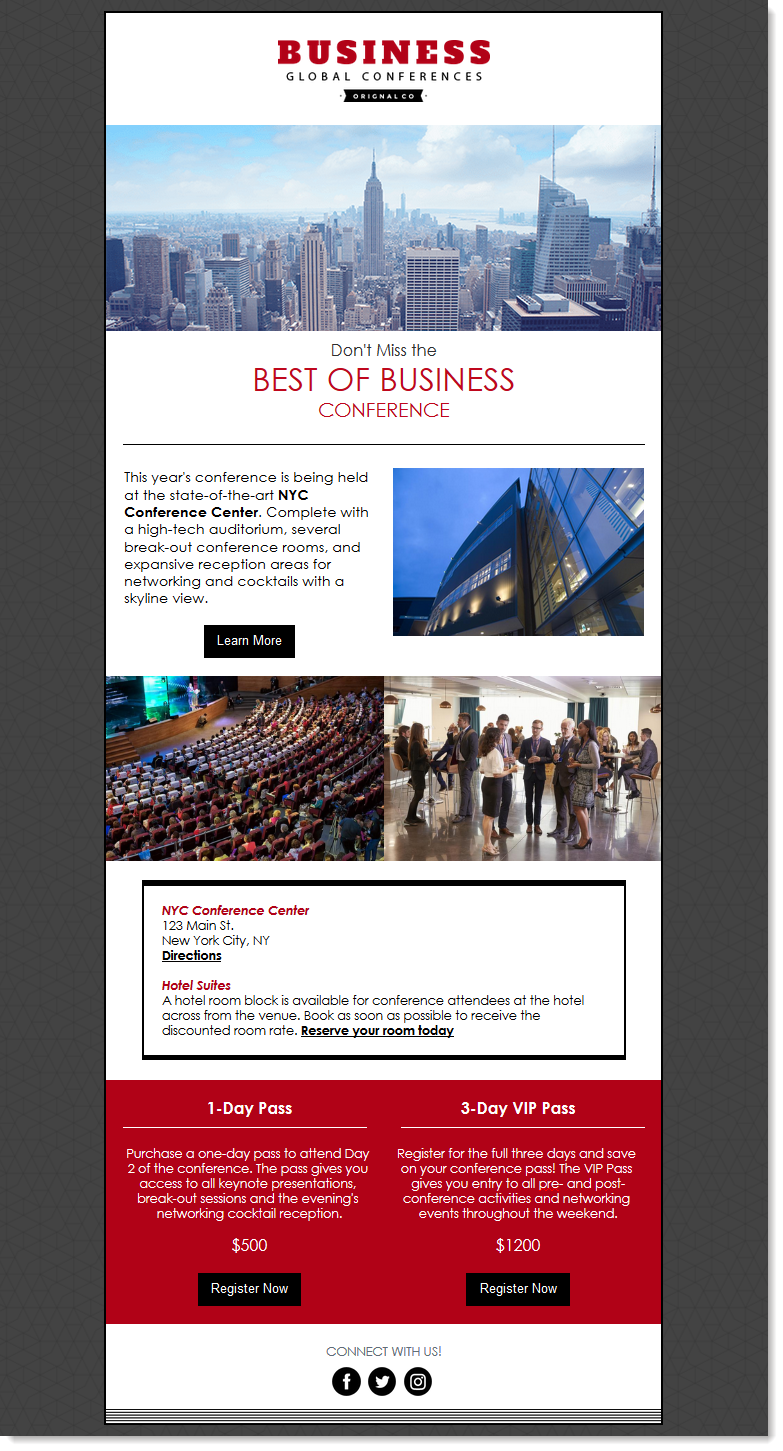 |
| Save time: Our Automation Path Builder includes a custom template! Just choose the "Added to specific list" trigger to get started. Learn more. |
Learn more about marketing and Constant Contact through our free live webinars.
Copyright © 2025 · All Rights Reserved · Constant Contact · Privacy Center